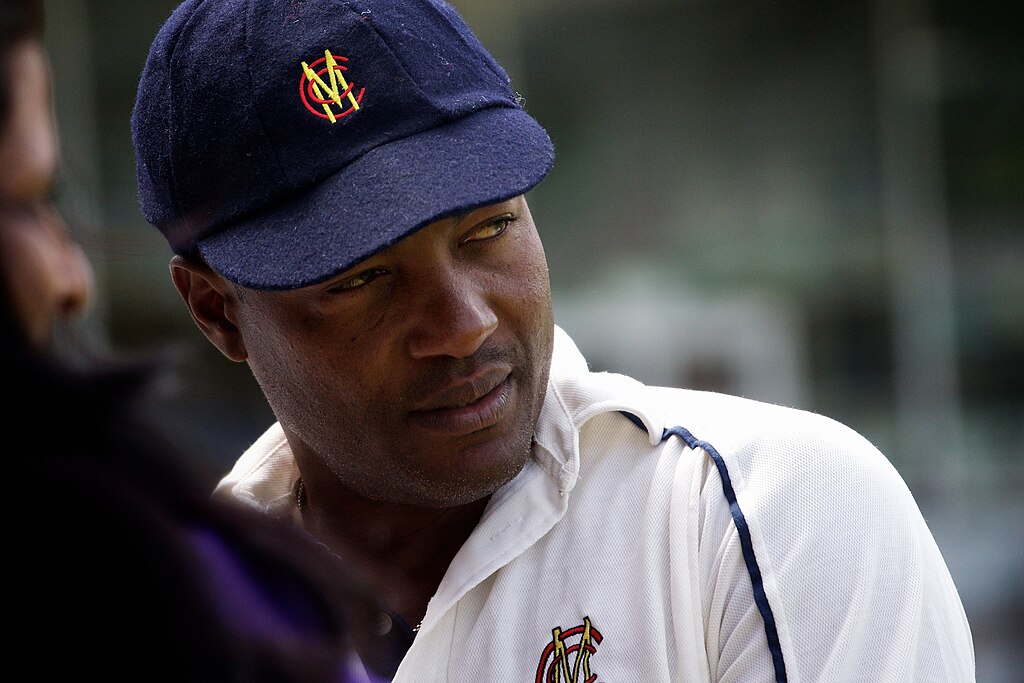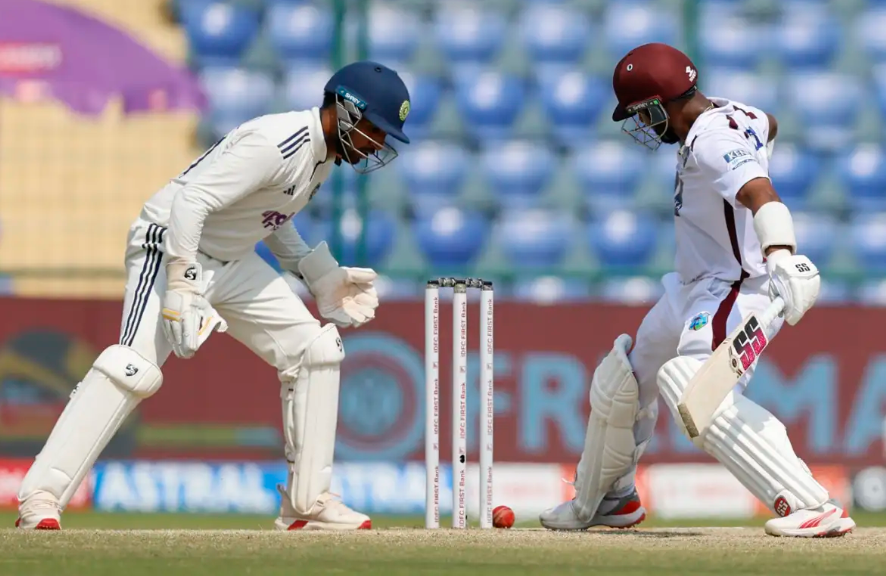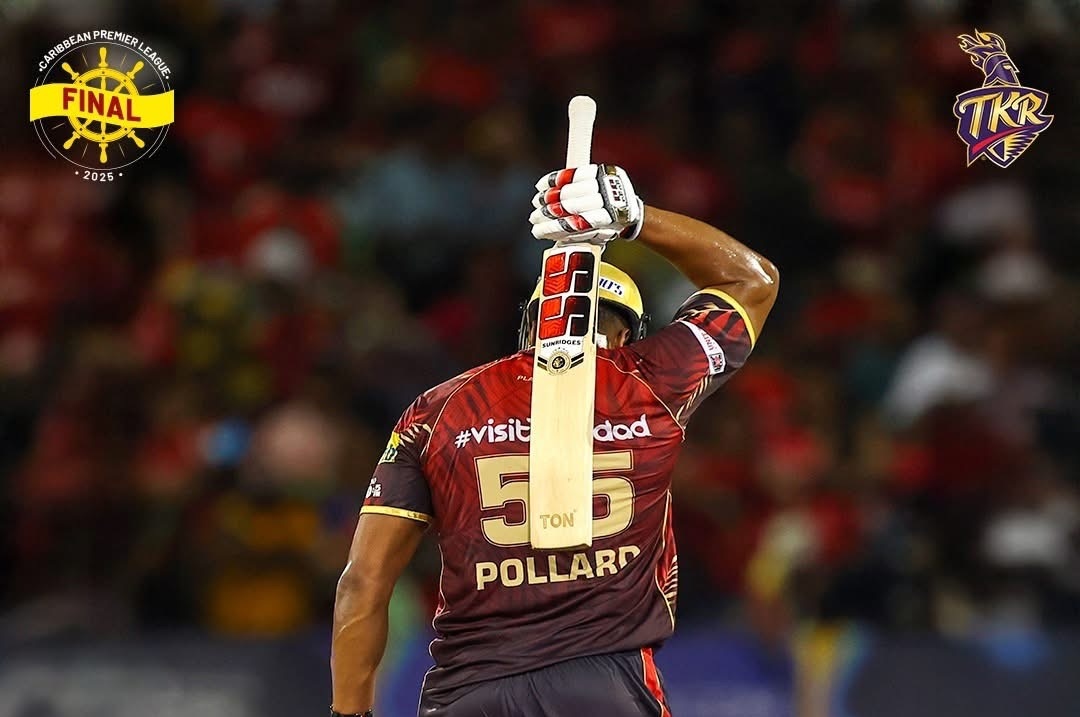(Part 50.) Judge by numbers.
After exactly seven weeks of counting down, here we are: one day to go to the 50th anniversary of the West Indies victory over Australia in the inaugural Men’s Cricket World Cup final at Lord’s.

Ahead of the grand occasion—and it gets grander and more nostalgic as the years go by for all those who were there and have since written or commented on it via other platforms—we take in front by looking at all the significant numbers from this historic experiment in the international game.
It was an experiment loaded with doubters at the start but one which blossomed way beyond expectations.
Yes, the numbers will include the final because that’s the advantage of this type of time travel. We can count down to the final and then feature the final via the coverage of Tony Cozier on the exact day and date, Saturday 21 June, that it was played 50 years ago; and, at the same time, go inside all the numbers of the entire tournament the day before!
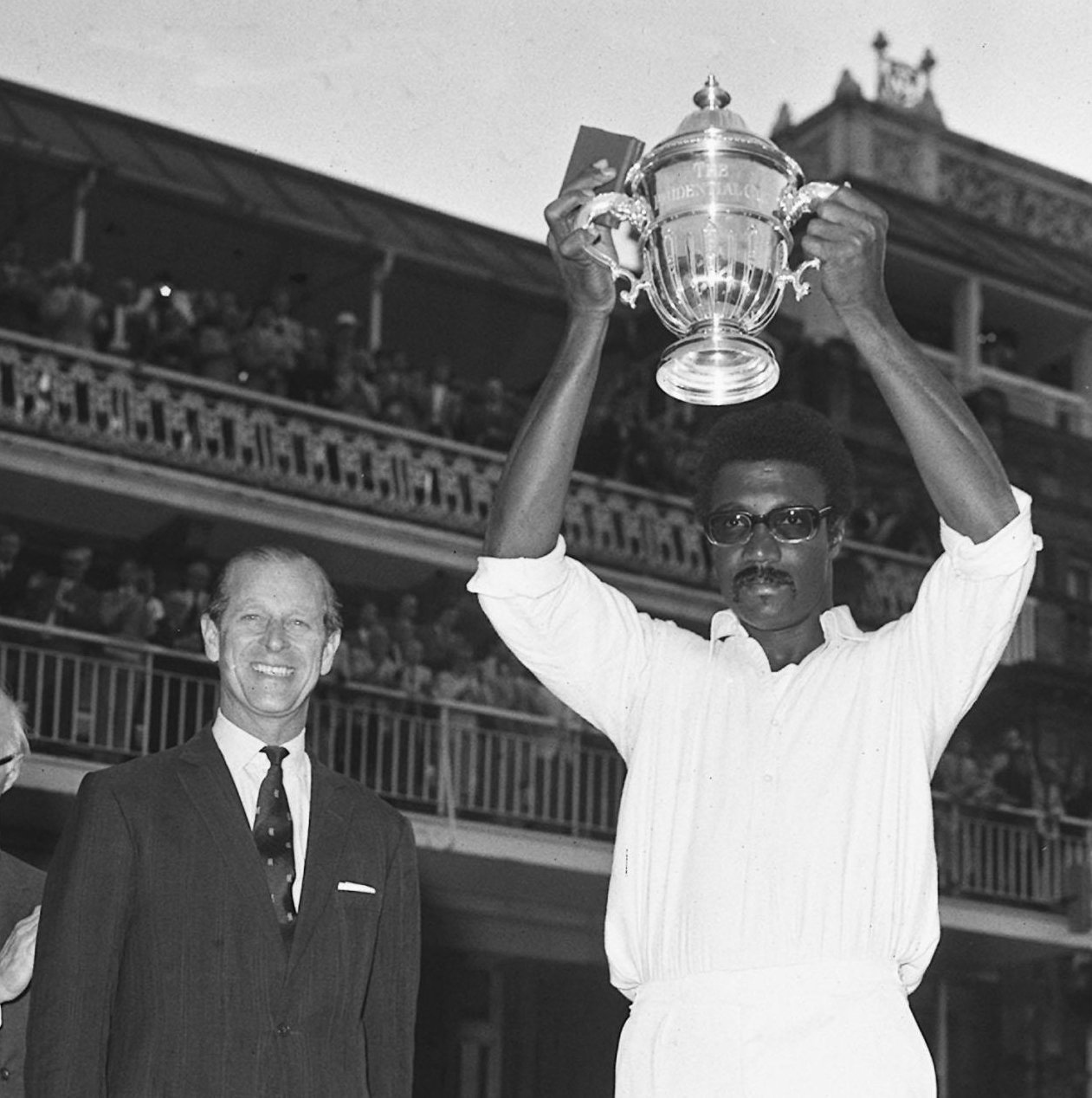
Photo: CWI.
So, let’s begin with the perspective of the champions, West Indies, before broadening our horizons to encompass the overall numbers from the 15 matches played over 15 days.
First, a couple table-toppers who might catch you off-guard.
Who topped the batting averages for the West Indies?
Deryck Murray, with an average of 105.00. That’s because he batted only three times and was dismissed just once.
And of course, that tally of 105 includes Murray’s match-winning unbeaten 61 alongside first, Vanburn Holder, and then Andy Roberts in the second Group B match against Pakistan, when the Caribbean team scraped home by one wicket with two balls to spare.
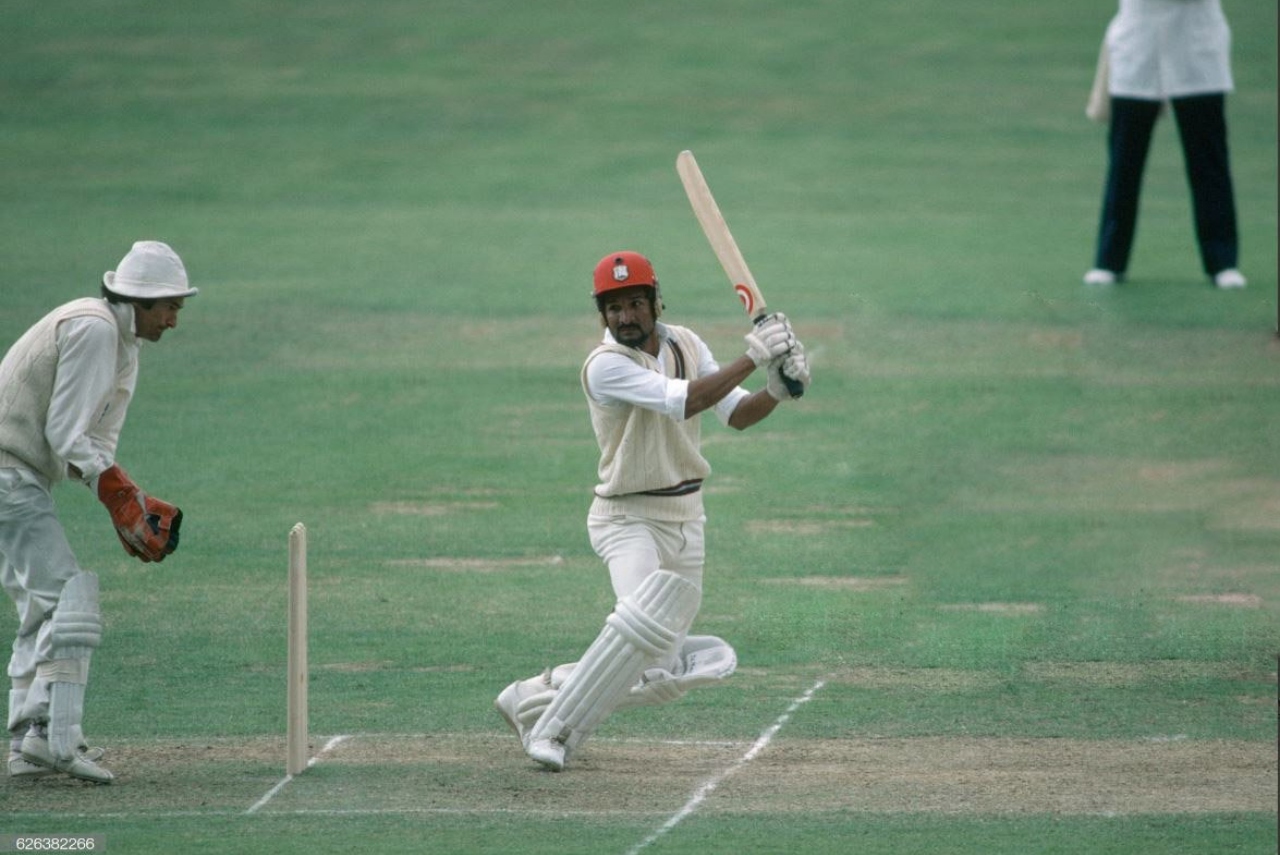
His tally included a match-winning unbeaten 61 in a pulsating last-wicket victory over Pakistan.
Photo: CWI.
Following Murray at the top of the batting averages were Rohan Kanhai (54.50), Clive Lloyd (52.66), Alvin Kallicharran (49.25) and Bernard Julien (48.00 – which is also his run tally as he was not out twice from three innings).
Who topped the bowling averages for the West Indies?
Vivian Richards with an average of 13.00 per wicket, as he bowled in just two matches—against Pakistan and in the preliminary fixture against Australia—and had combined figures of three for 39.

Richards was not yet an all conquering batsman in 1975. But he excelled in the field and with the ball, topping the bowling averages for the West Indies.
Photo by S&G/ PA Images via Getty Images.
Following Richards at the top of the bowling averages were Julien (17.70), Keith Boyce (18.50), Roberts (20.62), Holder (36.80) and Lloyd (41.66).
Now, who scored the most runs for the West Indies in the tournament?
Kallicharran, with a tally of 197, followed by Lloyd (158), Roy Fredericks (116), Kanhai (109) and Murray (105).
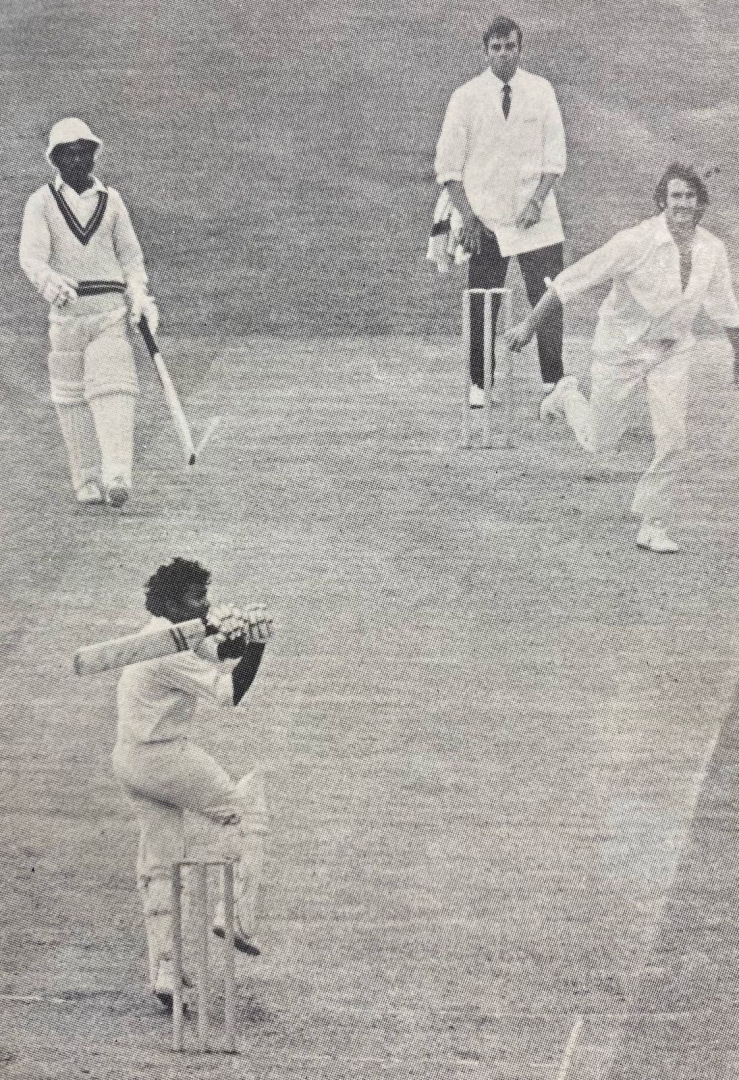
Photo: Patrick Eagar.
Back then, given that there was very much a Test match-type mentality about the one-day game, strike-rates and balls faced weren’t highlighted much, if at all. Now though, those stats are everything in the abbreviated formats, even moreso with the advent of T20.
So, who topped the strike-rate charts for the West Indies?
Lloyd, the only West Indian who went at better than a run-a-ball as his 85-ball 102 in the final pushed his strike-rate to 104.63. Next on the list were Boyce (95.34), Kallicharran (77.25), Murray (77.20) and Fredericks (64.08).
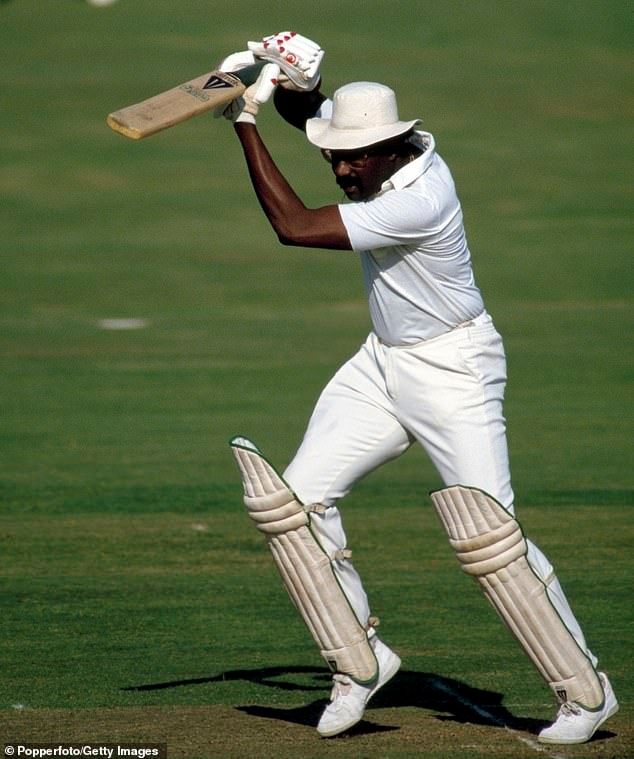
Photo: Popperfoto/ Getty Images.
Bowling now. Who took the most wickets for the West Indies?
Two men are at the top with ten wickets apiece, Julien and Boyce, followed by Roberts (8), Holder (5) and Lloyd and Richards (3 each).
As with strike-rates in batting, the highlighting of bowling economy rates only came into vogue as statisticians, media and fans came around gradually to the realisation that limiting scoring was in many cases more valuable than taking wickets.
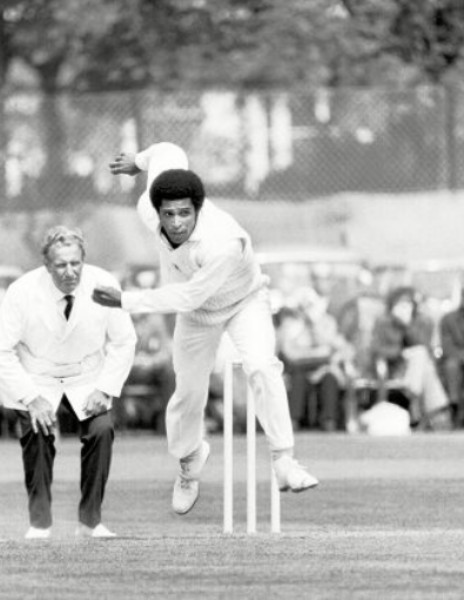
So, who had the best economy rate for the West Indies?
Roberts, at 2.91 runs per over, followed by Julien (2.95), Lloyd (3.47), Boyce (3.55), Richards (3.90) and Holder (4.24).
Veteran off-spinner Lance Gibbs played just one match, the opener against Sri Lanka, and in conceding 4.25 runs per over without taking a wicket in four overs against the then non-Test playing nation, he (and the selectors) realised that he was not the best option for the rest of the tournament.
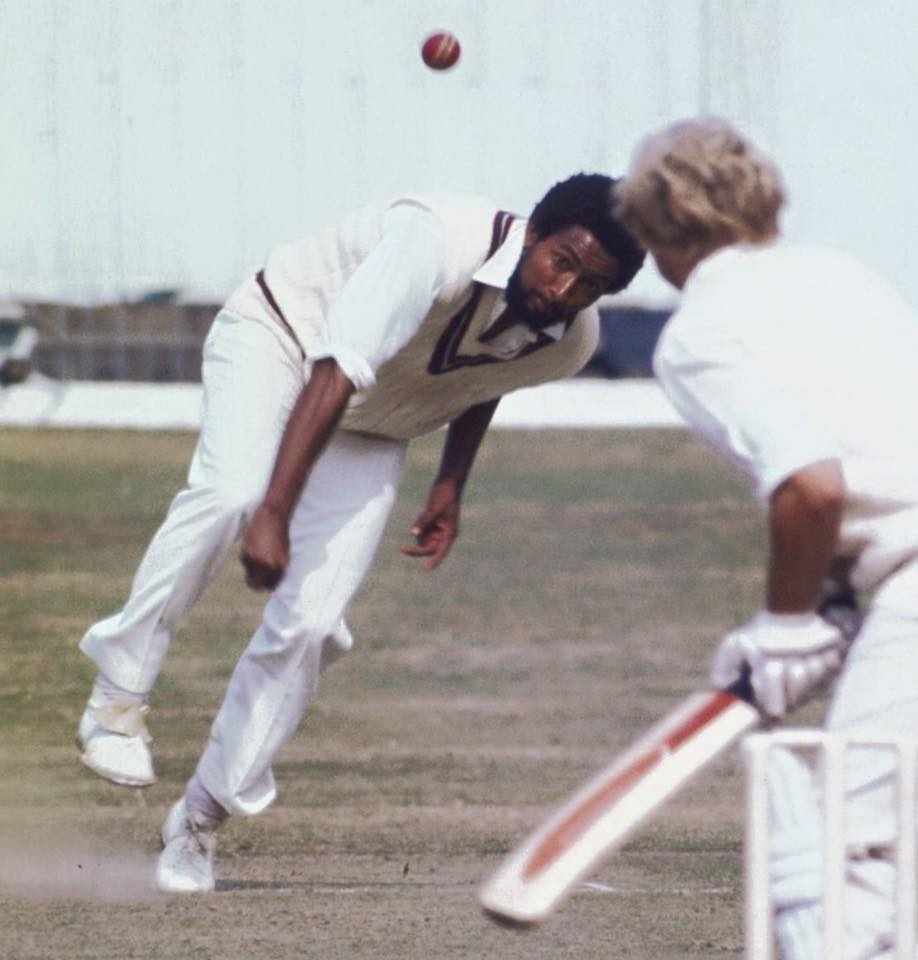
Photo: CWI Media.
In the five matches played by the West Indies at the World Cup, the scoring rate for the Caribbean side was 4.41 runs per over (999 runs scored in 226.3 overs) while the economy rate through the competition was 3.72 runs per over (976 runs conceded in 262 overs).
Let’s move to the overall numbers from the 1975 World Cup now.
New Zealand captain and opening batsman Glenn Turner topped the batting averages at 166.50, followed by India opener Sunil Gavaskar (113.00 – also his run tally), Murray (105) and the Indian pair of Farokh Engineer (78.00) and Syed Abid Ali (70.00).

(via Wisden.)
Turner also headed the list for the most runs, 333, which included two centuries. Of the next four, three were also openers: Dennis Amiss of England (243), Majid Khan of Pakistan (209) and Alan Turner of Australia (201).
Keith Fletcher of England (207) was the exception to the rule.
And Glenn Turner completed a hat-trick of table-topping performances with the highest individual score: 171 not out. He was followed by Amiss 137, Fletcher 131, Turner again with 114 not out, Lloyd with 102 and Alan Turner with 101.

Conversely, when it came to strike-rates, only one of the top five, Lloyd (104.63), was a frontline batsman. Reflecting the tempo of the game then and the Test match mentality of top-order batsmen, it was lower-order players who led the strike-rates as invariably they were looking for quick runs near the end of innings.
England’s Chris Old led the way at 136.92, followed by Australia’s Jeff Thomson (113.33), Aussie all-rounder Gary Gilmour (107.69), Lloyd and fellow West Indian Boyce (95.34).
And now to the bowling side of the overall numbers.
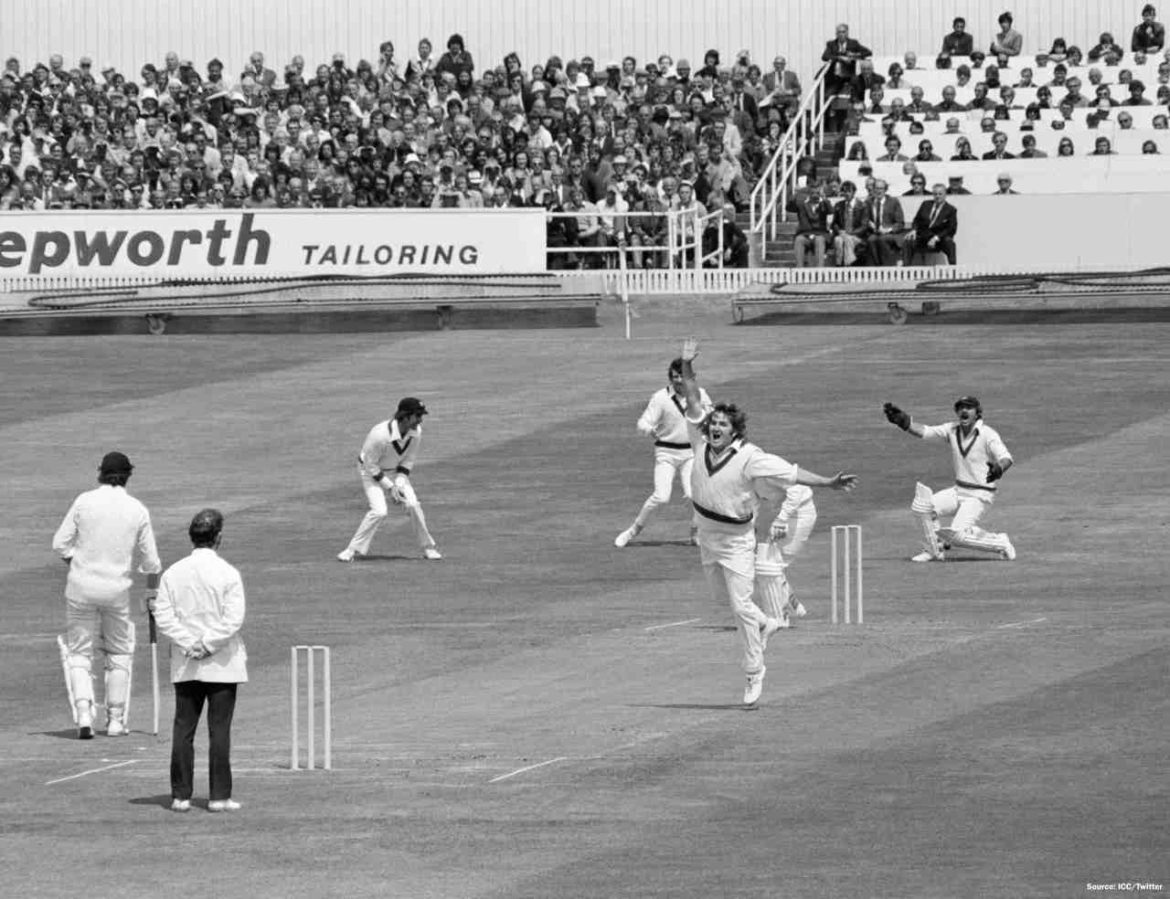
(via The Cricket Monthly.)
He played just the last two matches for Australia, but Gilmour’s six-wicket haul against England in the semi-finals and five wickets in a losing effort in the final against the West Indies pushed him to the top of the wicket-takers’ list with 11.
Gilmour was one ahead of the West Indian pair of Julien and Boyce, followed by Roberts, Australia’s Dennis Lillee and New Zealand’s Dayle Hadlee with eight apiece.
Gilmour was also at the top of the list in the bowling averages (11.50), with the next four being, surprisingly, Pakistan opening batsman Sadiq Mohammad (10.00), England’s John Snow (10.83), believe it or not Australian captain Ian Chappell (11.50) and Pakistan all-rounder Imran Khan (11.80).
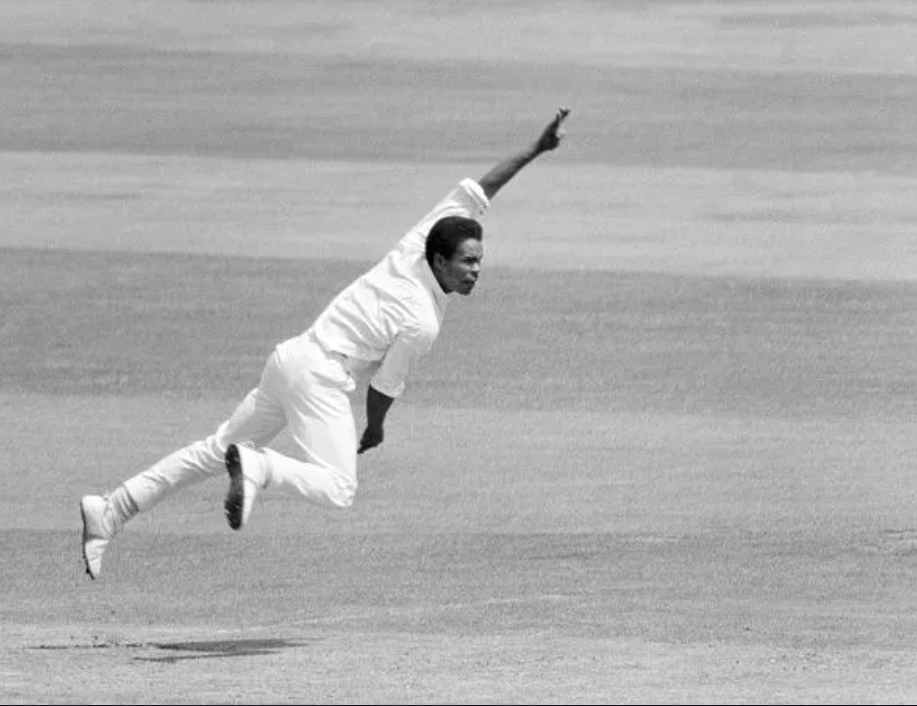
Boyce claimed four wickets in the 1975 Cricket World Cup final and was one of the most successful bowlers of the tournament.
(via Sportskeeda.)
We have since learnt that economy rate is a more reliable guide of a bowler’s effectiveness in the limited-over format, but you can still have the exception to the rule.
This was the case with England batsman Barry Wood having the best economy rate of 1.16, as he bowled 12 overs across three matches and conceded just 14 runs.
However, the next four are proper bowlers in India spinner Bishen Bedi (1.41) and the England trio of Snow (1.80), left-arm spinner Derek Underwood (1.86) and Arnold (2.35).
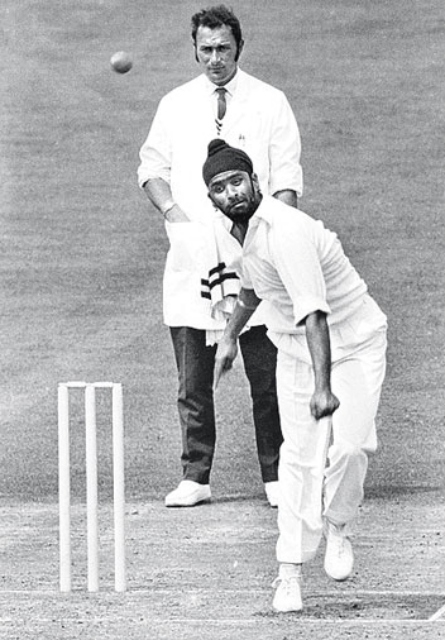
(via India Telegraph.)
Heading the list of best bowling figures in an innings is, not surprisingly, Gilmour with 6 for 14 in the semi-final against England. Then it’s Lillee (5-34), Gilmour again (5-48), Snow (4-11) and Julien (4-20 and 4-27).
And to round out our statistical journey through the 1975 World Cup, the most economical analysis in a full 12-over allotment is Bedi’s 1 for 6 against East Africa, followed by Richard Hadlee (0-10), Snow (4-11), Gilmour (6-14) and Roberts (2-16).
Cricket being the statistician’s delight that it is, there are myriad ways of going through the many numbers thrown up by the 1975 World Cup.
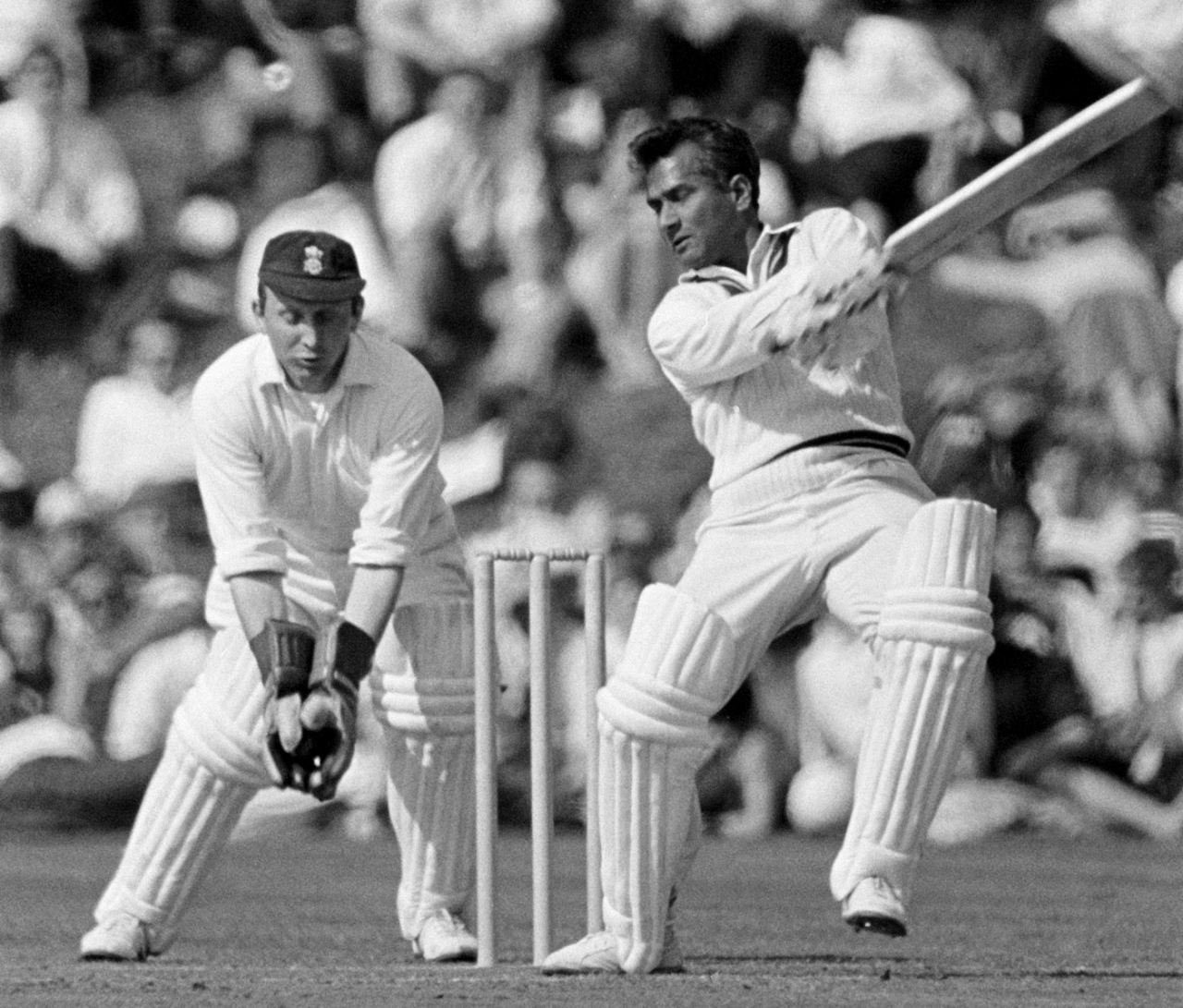
Copyright: Getty Images.
That’s it for now though, because the next and final edition of this series puts the focus, appropriately, on the main event: the 1975 Cricket World Cup final between West Indies and Australia at Lord’s.

Fazeer Mohammed is a journalist/broadcaster with almost 40 years’ experience across a range of media.
His interest in cricket, and particularly its history, started at home via his father’s small collection of autobiographies and magazines, offering perspectives and context which have informed his commentary and analysis on contemporary issues in the game.
 Wired868 Wired868 for smart sport news and opinion
Wired868 Wired868 for smart sport news and opinion


